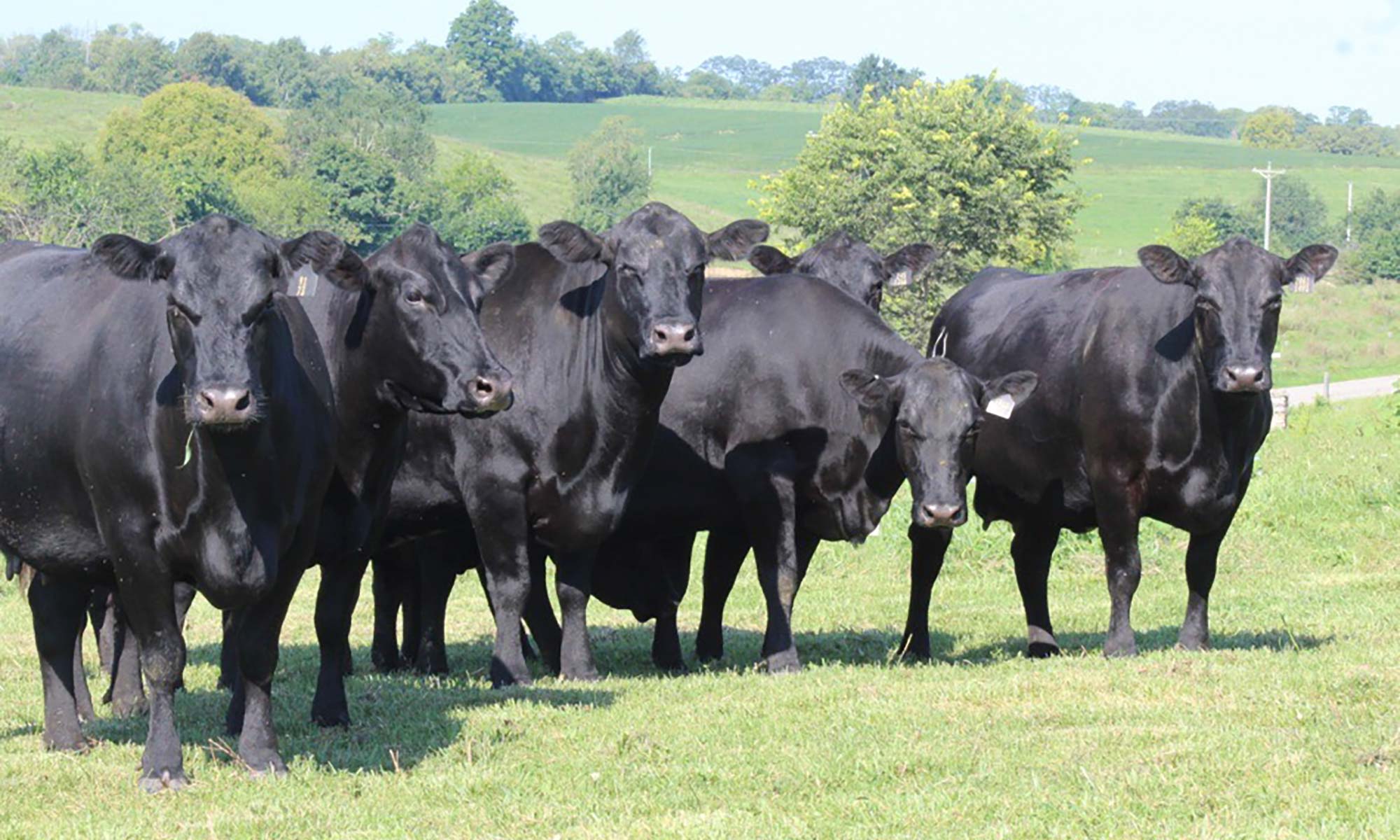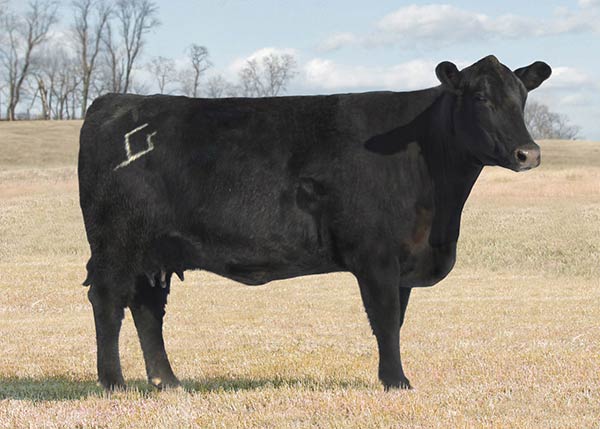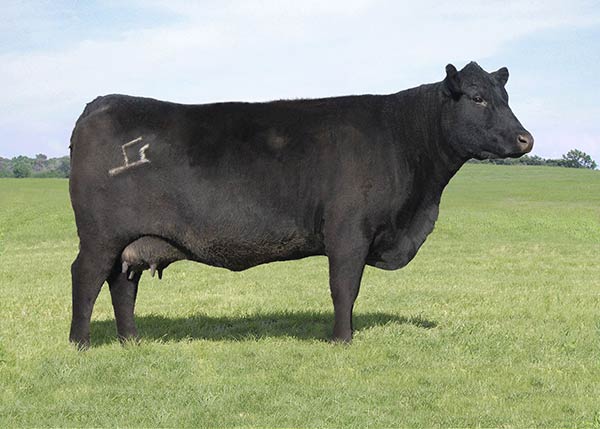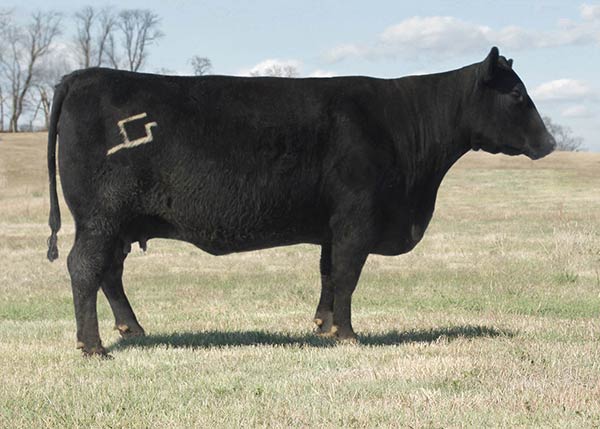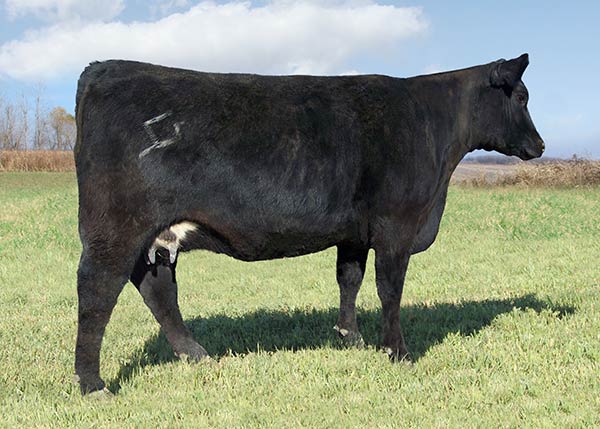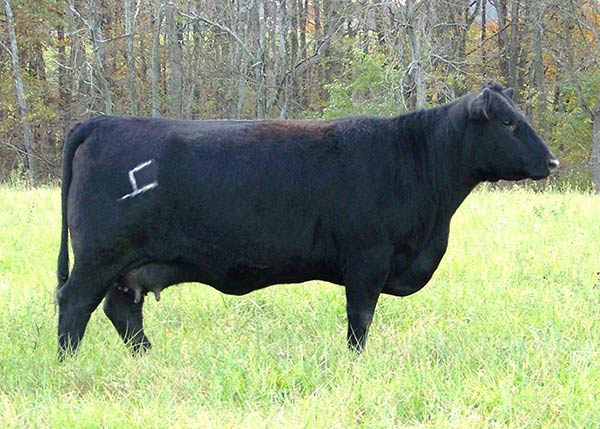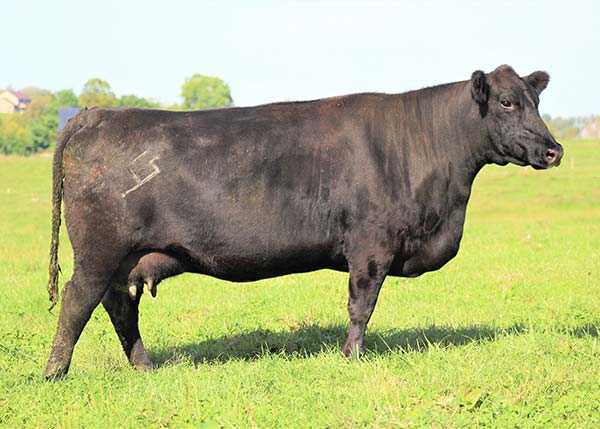Our Purpose
The purpose at Stone Gate has always been to produce predictable, uniform cattle for the commercial cattleman. As registered breeders, we believe our responsibility is to produce cattle that are as fault free as possible. Trying to breed for a few great individuals has never been a goal for us. We do not sell individuals, we sell a program that can be counted on by our customers to help make their own herds efficient and profitable.
There’s more to cattle breeding than just matching numbers on a computer. It takes discipline and dedication to the basic fundamental traits that can only be proven with time. In this age of fast moving technology, it is easy to get caught up in chasing numbers. Each registered breeder is trying to differentiate themselves from their competition and find their own niche. Breeding for numbers is the easiest and fastest way to produce what the industry deems popular and no one wants to be perceived as being left behind. Does this formula really make the best cattle? It has always been our objective to breed cattle that are efficient and consistent first, letting the numbers fall where they may, instead of breeding for specific numbers, assuming the cattle will be good.
Our breeding philosophy has always been geared toward optimum trait selection. The definition for optimum is, “best, most likely to bring success or advantage.” Experience has taught us the importance of utilizing the latest information and technology available but experience also reminds us that having a cowherd that pays its own way is the ultimate goal. The basic fundamental traits that make a cowherd efficient have never been compromised here and that means not selecting for extremes. We have always stressed an optimum level in multiple traits to insure a productive and cost effective cowherd.
The Angus cow’s natural maternal traits have endeared her as the model of efficiency and our goal is to not change her. She is feminine, structurally correct, calves easily and has enough milk to raise a nice calf. She maintains herself on the forage available and does it year in and year out. Real profitability comes from a high percentage of cows bred and a consistent calf crop. Animal science tells us that fertility is seven times more important than any other trait and needs to be monitored closely. It all starts for us in our yearling heifers. If they do not settle within 60 days, they are headed to the local stockyards, without exception, no matter how good they are or what set of EPD’s they have. Just like in any other business model, your factory has to run at peak efficiency to be profitable and in any cow herd that means bred cows. A strict culling policy will also help with longevity. When we make an investment in buying cows or developing heifers it always helps your input costs when they are able to last for 10 or more years.
The environment in which today’s genetics are developed also plays a key role in efficiency. Do you raise your own cattle under conditions that spare no cost in feed and supplements or do you expect them to function on grass and hay? We have always raised our cattle as any good commercial producer would. Meeting their nutritional needs with the forage we have available has only made our cattle more efficient. Feed efficiency has always been a priority here because input costs are one of the few things we have some control over. We want our cattle to work for us instead of us working for them and a strict culling policy over the years has helped us develop a total herd of consistent, productive cattle. One thing we have not concentrated on over the years is frame score and yet our cattle consistently fall in the 5 and 6 frame score range. Our selection criteria for efficiency has weeded out any cattle bigger or smaller.
Some would call the cattle we have described as middle of the road or balanced trait. We like to call them optimum trait cattle. There is an optimum level of growth, milk or any other trait that you can obtain, before it starts to become detrimental to the basics. When you pass that threshold the inconsistencies start to show and profitability suffers. If we are diligent in our pursuit for consistency, we can have a cowherd that is fertile and functional on grass and hay, keeping inputs low. All the while producing a product that has enough optimum growth to be efficient in the feedlot and a carcass that will grade choice or higher. It really is that simple.

